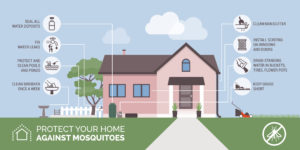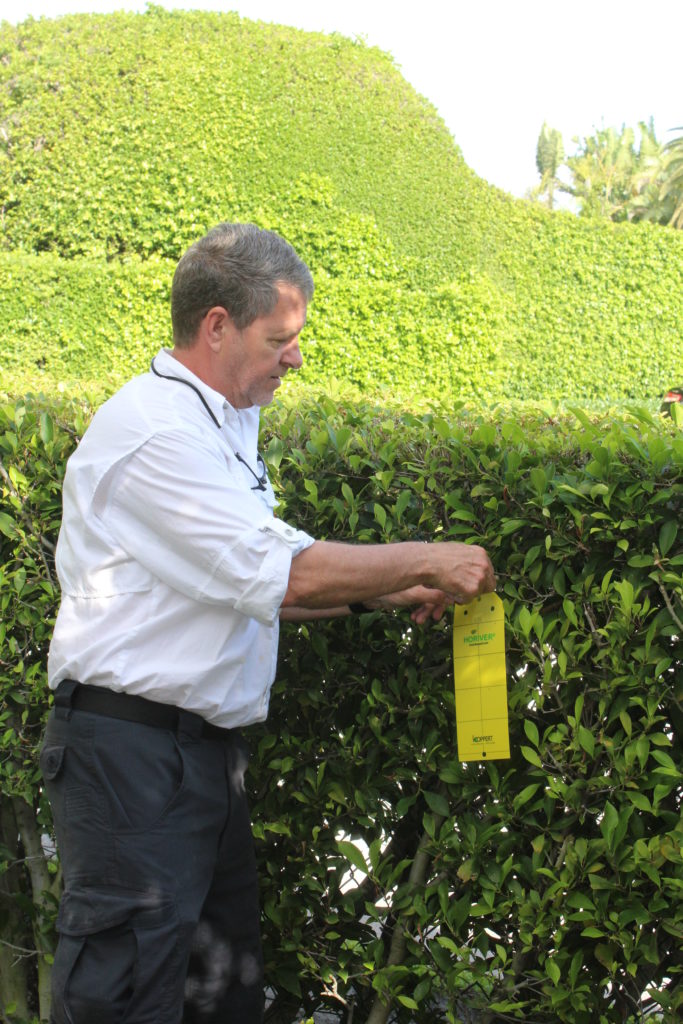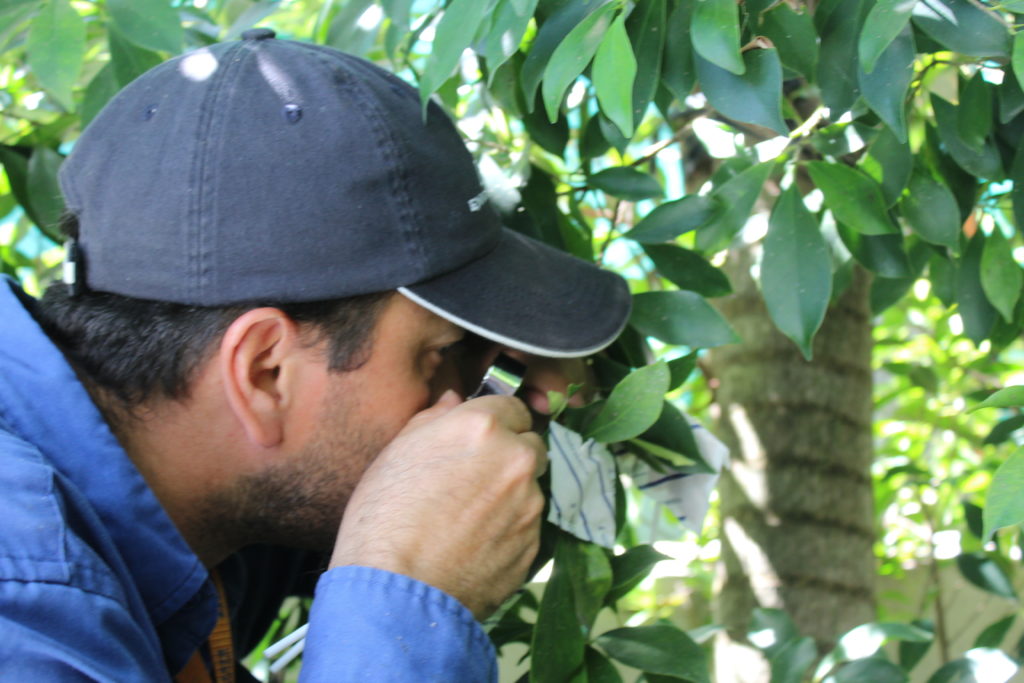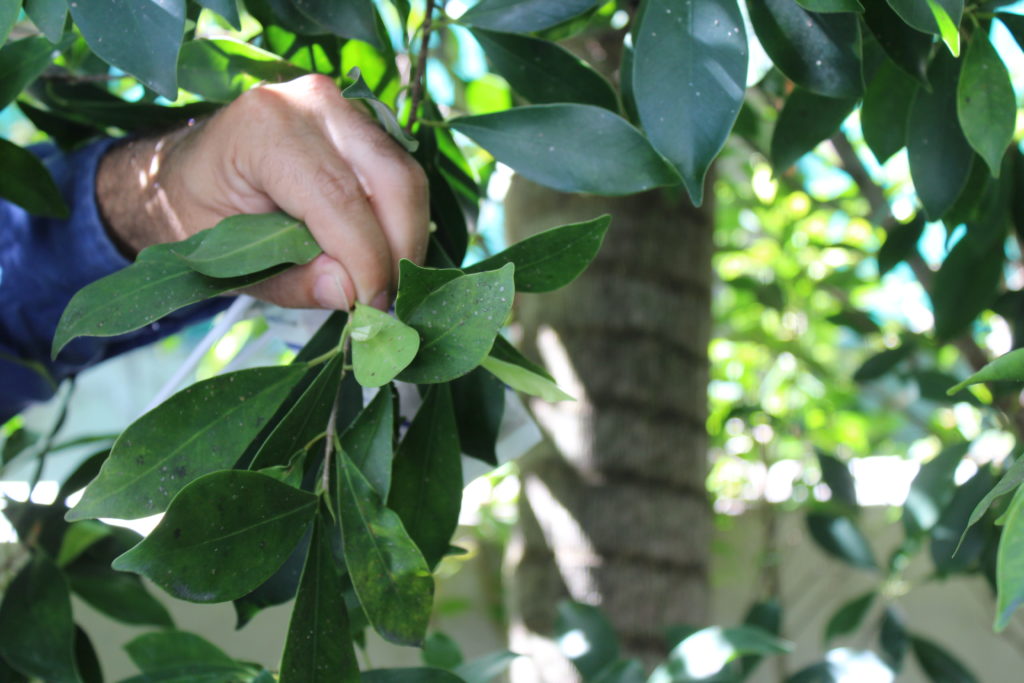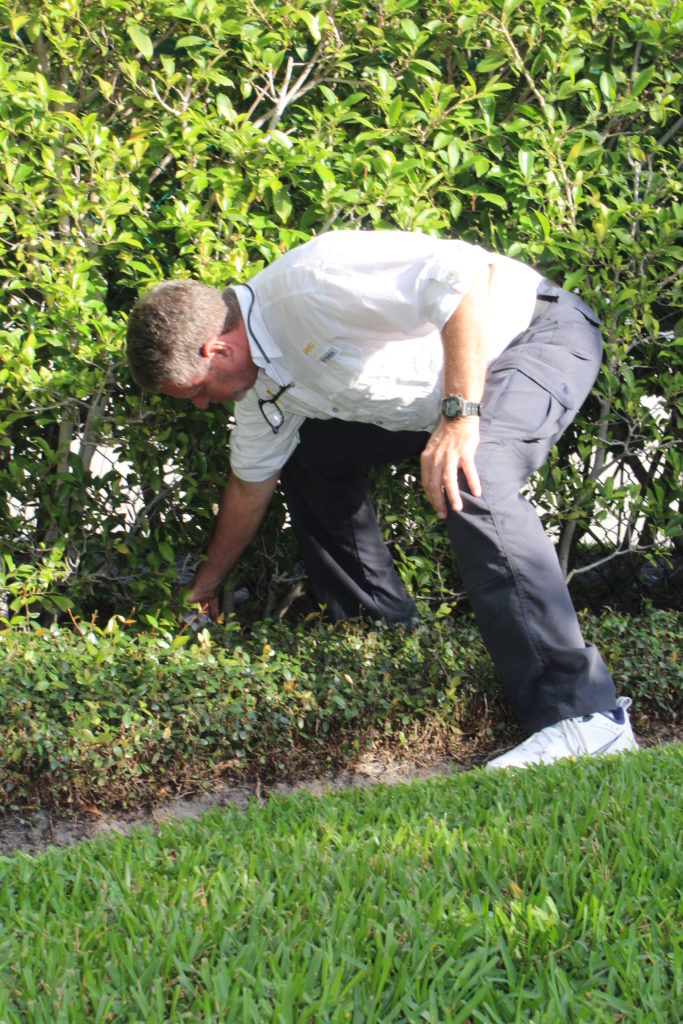Unusually warm weather coupled with extensive rain has led to what some experts are calling a “toad vortex”. Thousands of Cane Toads a.k.a. Bofu Toads are invading some Palm Beach Gardens neighborhoods with experts saying a larger outbreak could occur in 22 days. What do you need to know?
The Good: Like all toads and frogs, the Cane toad eats may insects. They particularly love beetles and their larvae along with a host of other insects like roaches, spiders, flies and mosquitoes.
The Bad: Can toads are truly indiscriminate eaters. They also feed on native lizards and frogs.
The Ugly: Cane toads are a nonnative species that can be deadly to curious pets. If your pet bites or swallows a cane toad, they can become sick and die in as little as 15 minutes. Symptoms may include frantic or disoriented behavior, brick red gums, seizures, and foaming at the mouth.
How do I identify a Cane toad?
Many people can’t tell the difference between a native frog and a cane toad because they share features such as warty skin, a visible ear drum and webbed toes.
However, unlike native frogs, adult cane toads have all of these features:
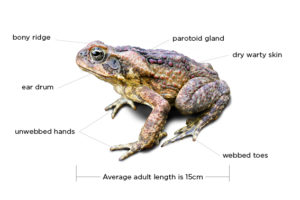
- Distinct bony ridges above the eyes, which run down the snout
- A large paratoid gland behind each eye
- Unwebbed hands but webbed toes
- Dry warty skin
- Cane toads can range in color from grey, yellowish, red-brown, or olive-brown, with varying patterns
What can I do to prevent Cane toads?
Most encounters with Cane toads happen in your backyard. Here are some tips that can help keep your pet safer:
- Mow & Trim: Keep your lawn trimmed to make it easier to spots toads. Keep shrubs beds clean and off ground to eliminate hiding places.
- Clean: Mess attracts pests. Outdoor food and water bowls for pets, brush piles, and other clutter can attract toads – and their prey which in turn attracts toads.
- Watch: Keep a watchful eye on your animals when they are outside especially if cane toads have been detected in your area. Toads are nocturnal and love damp weather. Keep them inside at night or after the rain whenever possible.
- Build a barrier: Because toads can only jump around 1 foot in the air, you can erect a barrier of fine mesh to keep toads out. Barriers should be around 20″H and preferably go down 6″ into the ground to prevent toads from tunneling under.
I saw a toad. Now what?
Despite your best efforts to prevent Cane toads, they have made their way into your backyard. While chemical pesticides will work on toads, they are slow acting and not usually recommended for several reasons. Remember: A dead toad is still poisonous to your pet.
You can physically remove them from your yard. Because they are invasive, you will want to humanely kill them as well. The recommended way is to put them in an airtight bag in the fridge for a few hours and then freeze them. Leave in freezer for a long time – preferably a few days – because there are lots of stories about apparently-frozen toads coming back to life if they haven’t spent long enough in the freezer!
Most people don’t want to kill them, they just want them gone from their yard. We offer repellants that we apply to prime nesting areas that are safe for your pets, children and water sources. In most cases you will see immediate results with toads migrating away within 24-48 hours of the treatment. Call or email Island Environmental for more information.
What if my pet came in contact with a toad?
Pet owners who suspect their dog may have been poisoned by a toxic toad should immediately rinse the animal’s mouth out with a water and wipe the substance away from its lips and tongue. Dog owners should watch for panting, disorientation and dilated eyes — signs of toxicity — and get the pet to a vet immediately!
